Inside the fight to keep an iconic Barbara Hepworth sculpture in the UK
‘Sculpture with Colour’ captures a pivotal moment in Hepworth’s career. When it was sold to an overseas buyer, UK institutions launched a campaign to keep it in the country

A year ago, Barbara Hepworth’s Sculpture with Colour (Oval Form) Pale Blue and Red was sold at Christie’s to an anonymous overseas bidder. Now, after a significant public campaign, it will remain in the UK – secured for permanent public display at The Hepworth Wakefield.
Created in 1943, the work exemplifies Hepworth’s experimental style during her time in St Ives, Cornwall, where she relocated at the start of the Second World War, at the invitation of art critic Adrian Stokes and his wife, artist Margaret Mellis. Its hollow oval form, approximately 50cm in length, features strings – a motif of Hepworth’s wartime work – stretched across a pale blue interior. It is distinctive for its use of coloured strings, making it a singular piece within the artist’s oeuvre.
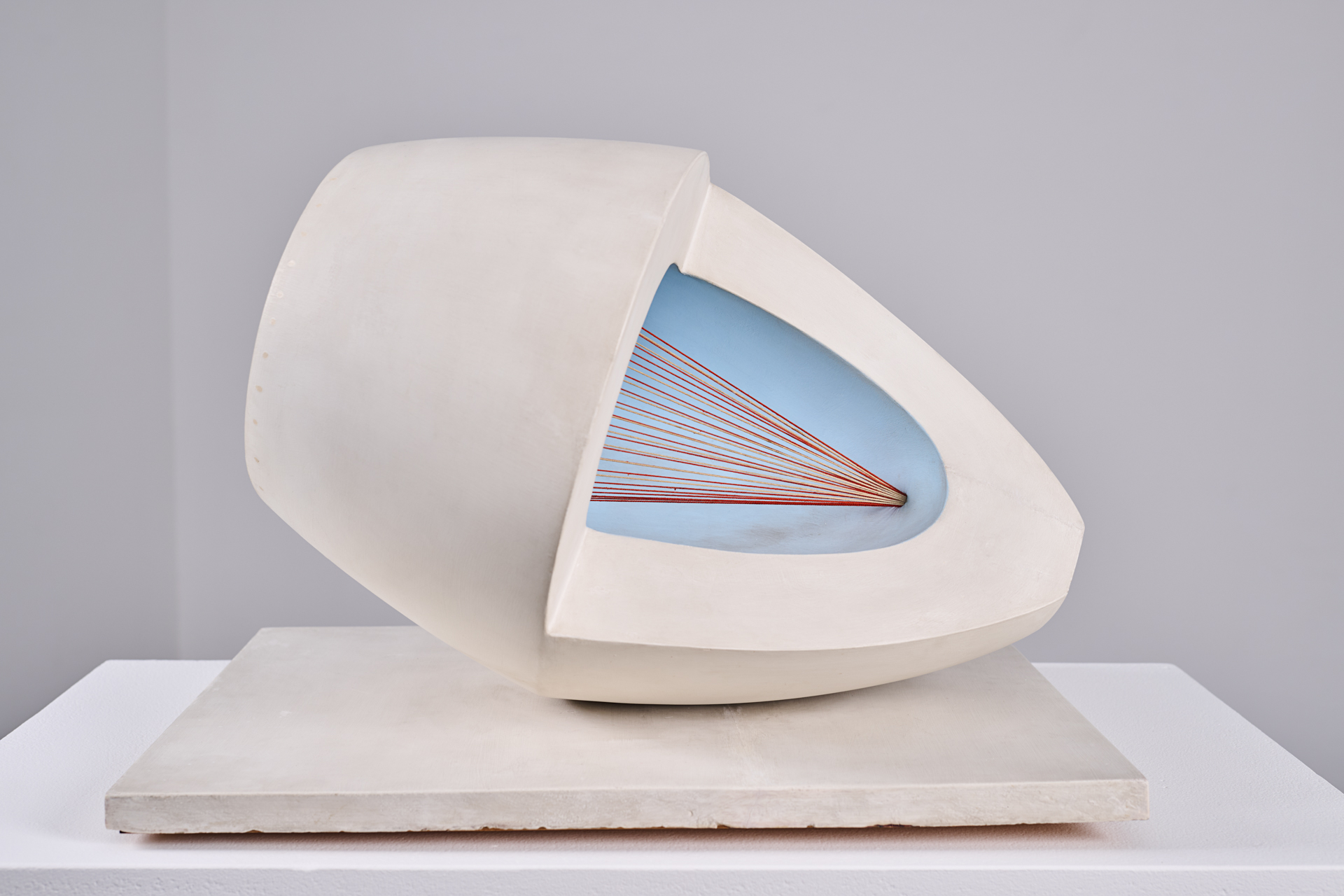
Sculpture with Colour (Oval Form) Pale Blue and Red, 1943
The sculpture’s origins are rooted in the challenges of wartime Britain. In November 1940, an incendiary bomb destroyed most of the works in Hepworth’s London studio. She had taken just one piece with her to St Ives: the model for Sculpture with Colour. With traditional materials like marble and quality wood in short supply, Hepworth was forced to work in plaster until receiving a special permit for wood in 1942.
Originally acquired directly from Hepworth in 1944 by collector Helen Sutherland, the piece later passed through the family of art historian Nicolete Gray.
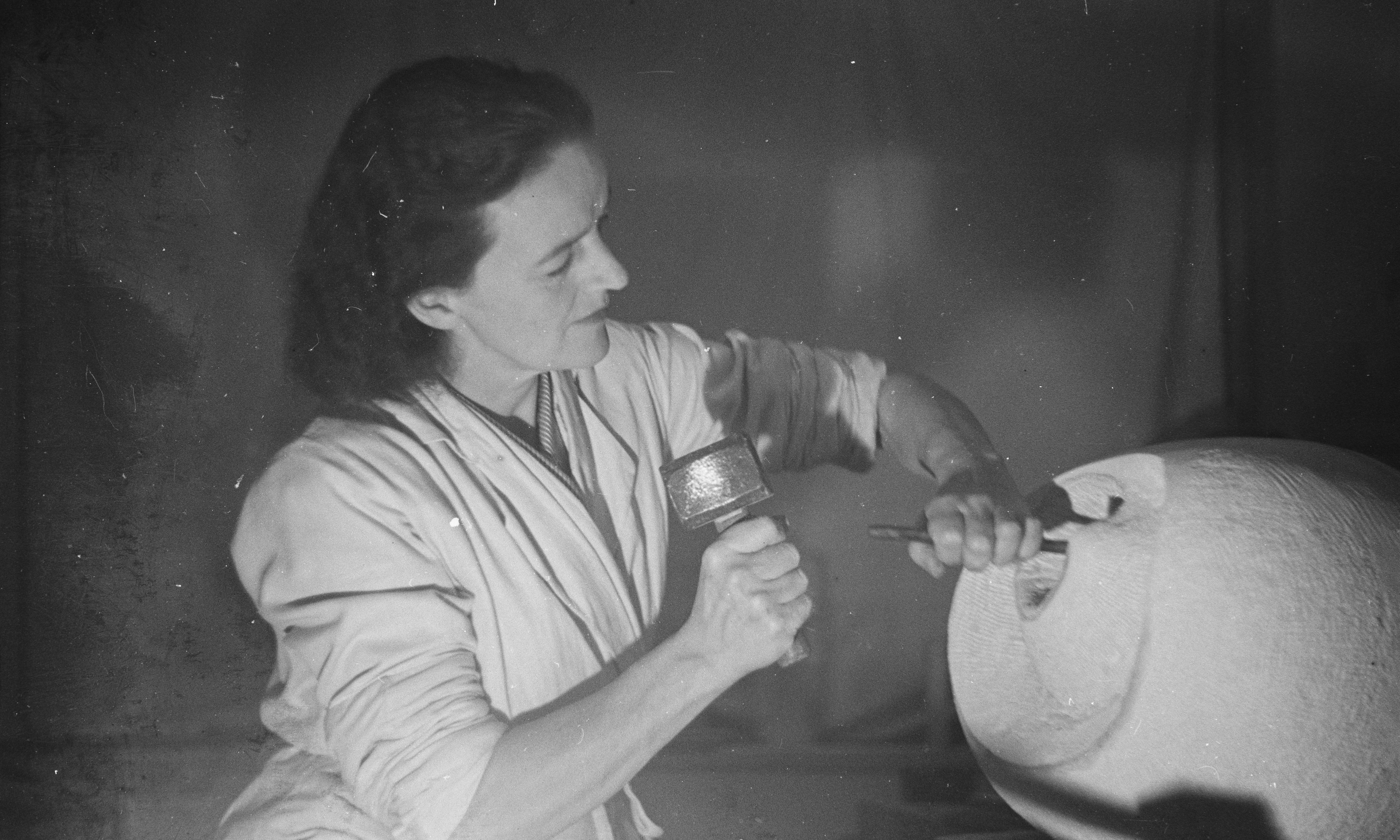
Barbara Hepworth at work on a stone carving, Eidos (1947-48; National Gallery of Victoria, Melbourne, Australia). Taken in her studio at Chy-an-Kerris, Carbis Bay, St Ives
Sculpture with Colour is now recognised as a rare masterpiece of British abstract modernism. Thus, when the work was sold, the UK government implemented a temporary export bar under the Waverley Criteria, giving British institutions a chance to raise the funds to retain it.
The Hepworth Wakefield – a gallery in Hepworth’s birthplace of West Yorkshire – launched a £3.8 million fundraising campaign in partnership with UK-based charity the Art Fund. That goal was met ahead of the deadline of 27 August 2025. The Art Fund contributed £750,000, alongside a £1.89 million grant from the National Lottery Heritage Fund and donations from more than 2,800 members of the public. The campaign was also supported by prominent artists and creatives, including Sir Antony Gormley, Anish Kapoor, Richard Deacon, Joanna Scanlan and Dame Rachel Whiteread.
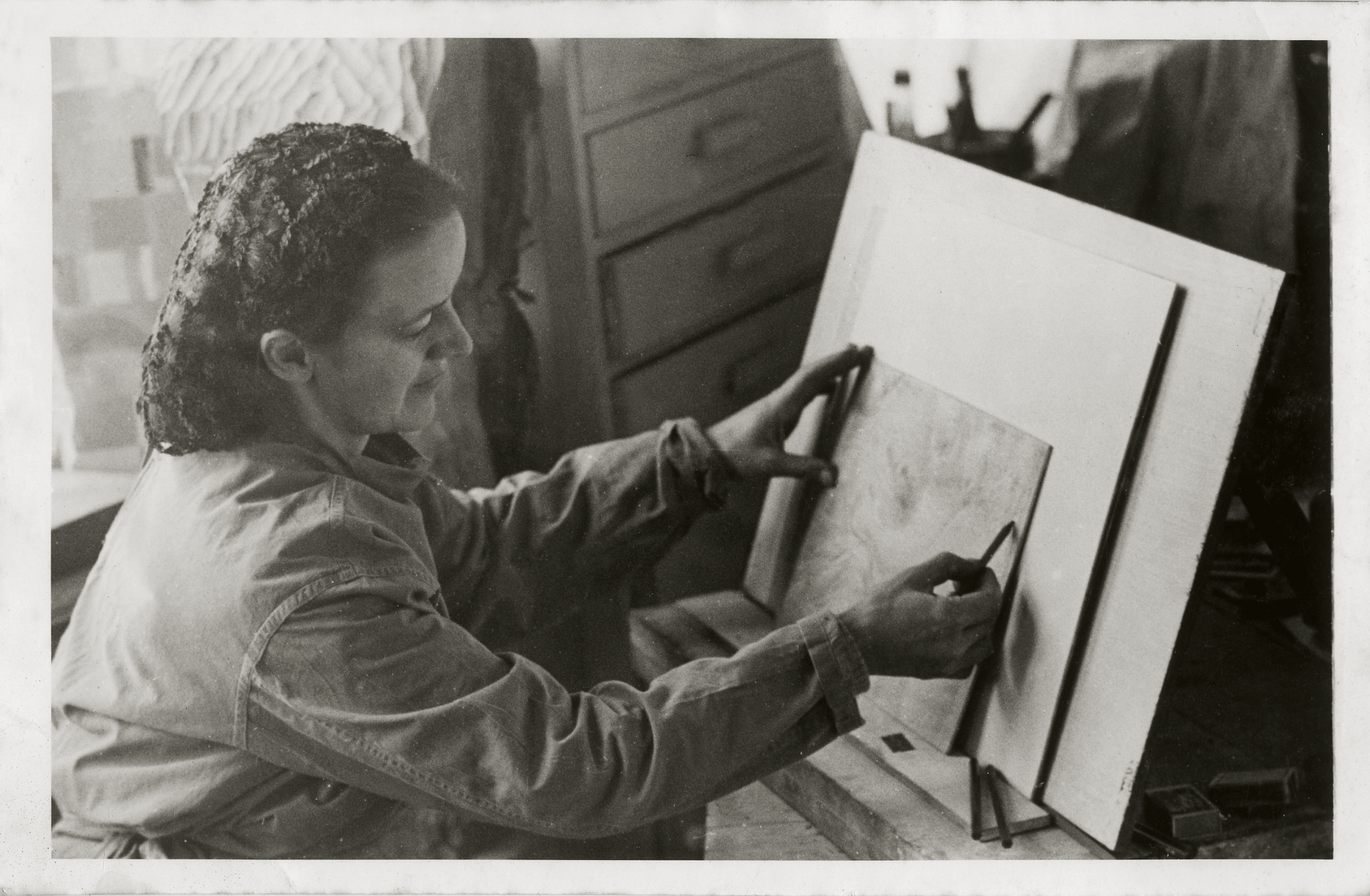
Barbara Hepworth at work on the drawing Quartet I (Anthroplasty), Chy-an-Kerris, Carbis Bay, Cornwall, 1948
The sculpture will now go on display at The Hepworth Wakefield, as well as being made available for loan to institutions across the UK – an outcome that Olivia Colling, interim director and CEO at the gallery, has said the artist would be ‘delighted’ with: ‘Hepworth often talked about her need to be part of a community and its proactive development.’
Receive our daily digest of inspiration, escapism and design stories from around the world direct to your inbox.
Anna Solomon is Wallpaper’s digital staff writer, working across all of Wallpaper.com’s core pillars. She has a special interest in interiors and curates the weekly spotlight series, The Inside Story. Before joining the team at the start of 2025, she was senior editor at Luxury London Magazine and Luxurylondon.co.uk, where she covered all things lifestyle and interviewed tastemakers such as Jimmy Choo, Michael Kors, Priya Ahluwalia, Zandra Rhodes, and Ellen von Unwerth.
-
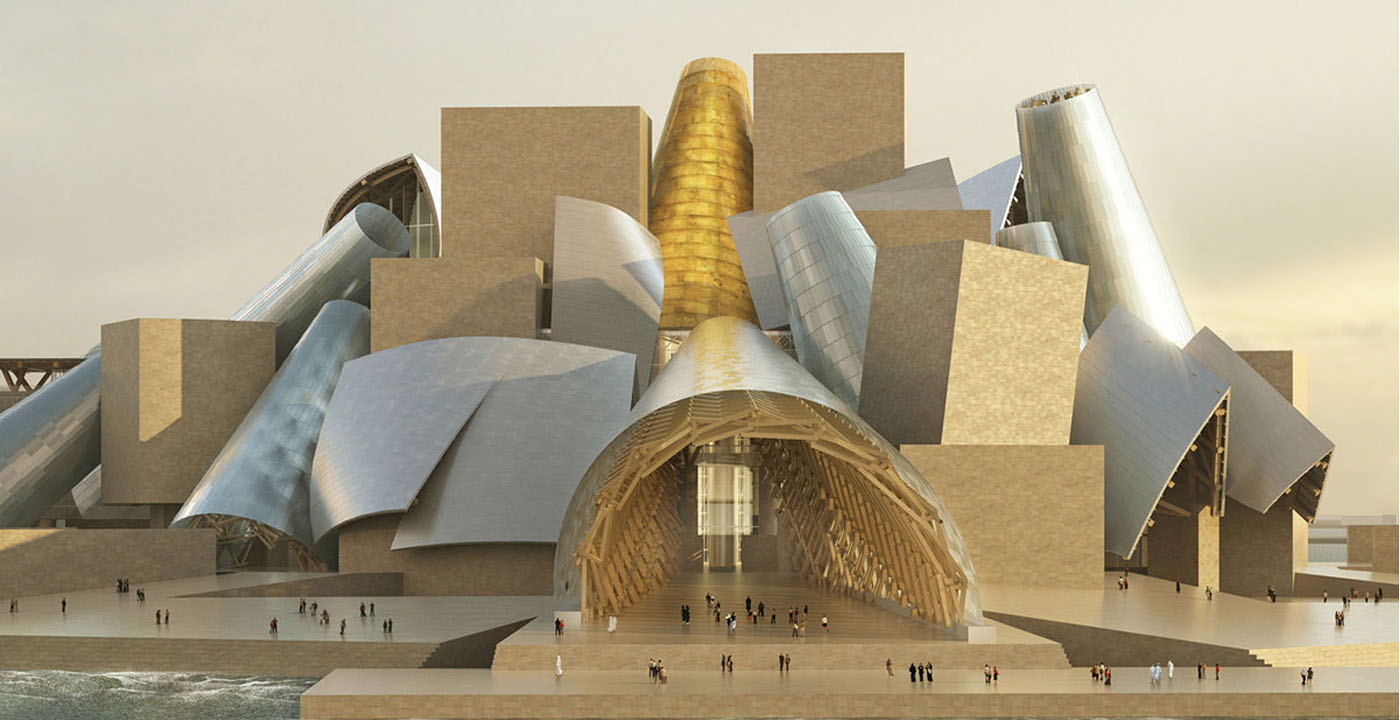 The eight hotly awaited art-venue openings we are most looking forward to in 2026
The eight hotly awaited art-venue openings we are most looking forward to in 2026With major new institutions gearing up to open their doors, it is set to be a big year in the art world. Here is what to look out for
-
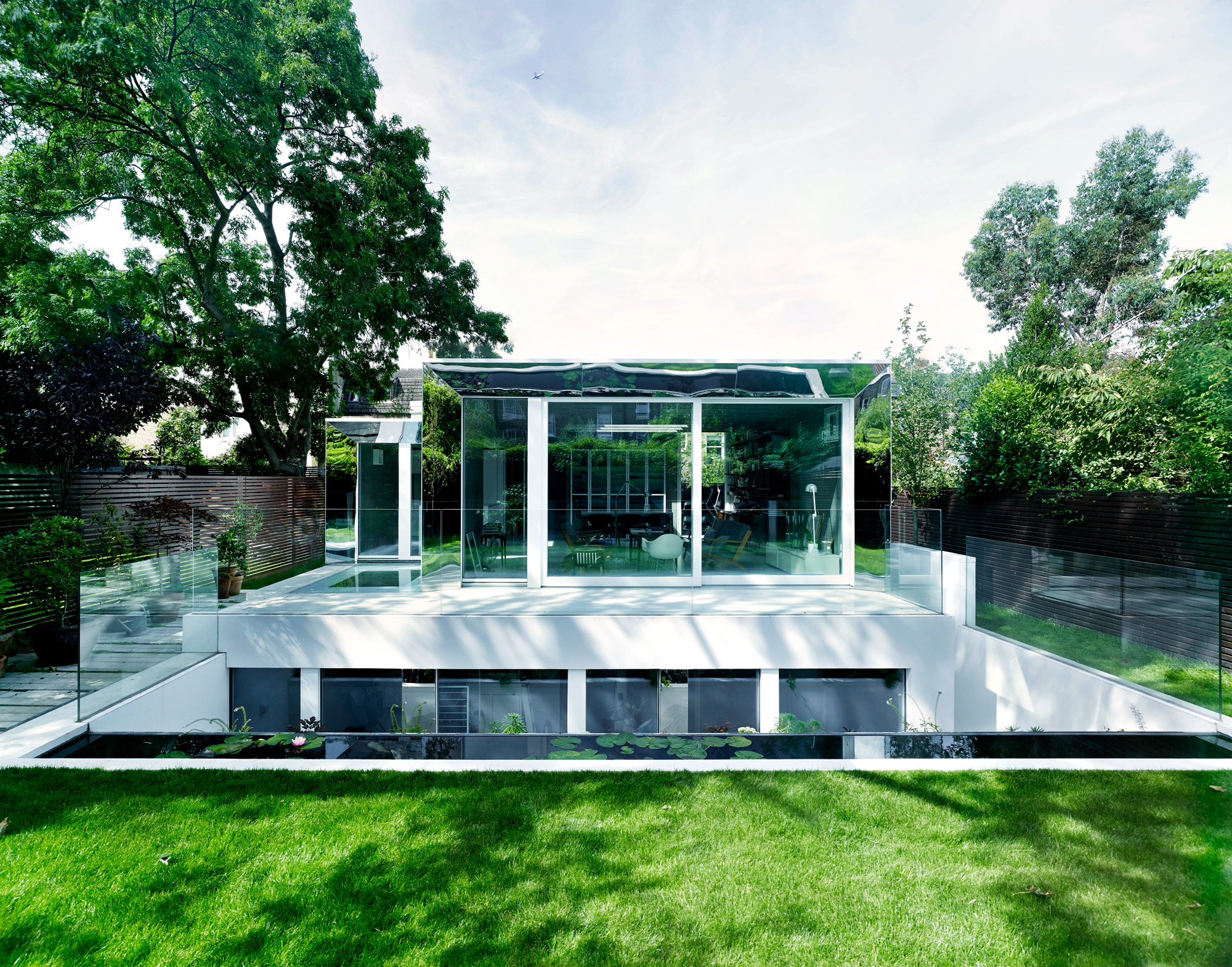 This modern Clapham house is nestled indulgently in its garden
This modern Clapham house is nestled indulgently in its gardenA Clapham house keeps a low profile in south London, at once merging with its environment and making a bold, modern statement; we revisit a story from the Wallpaper* archives
-
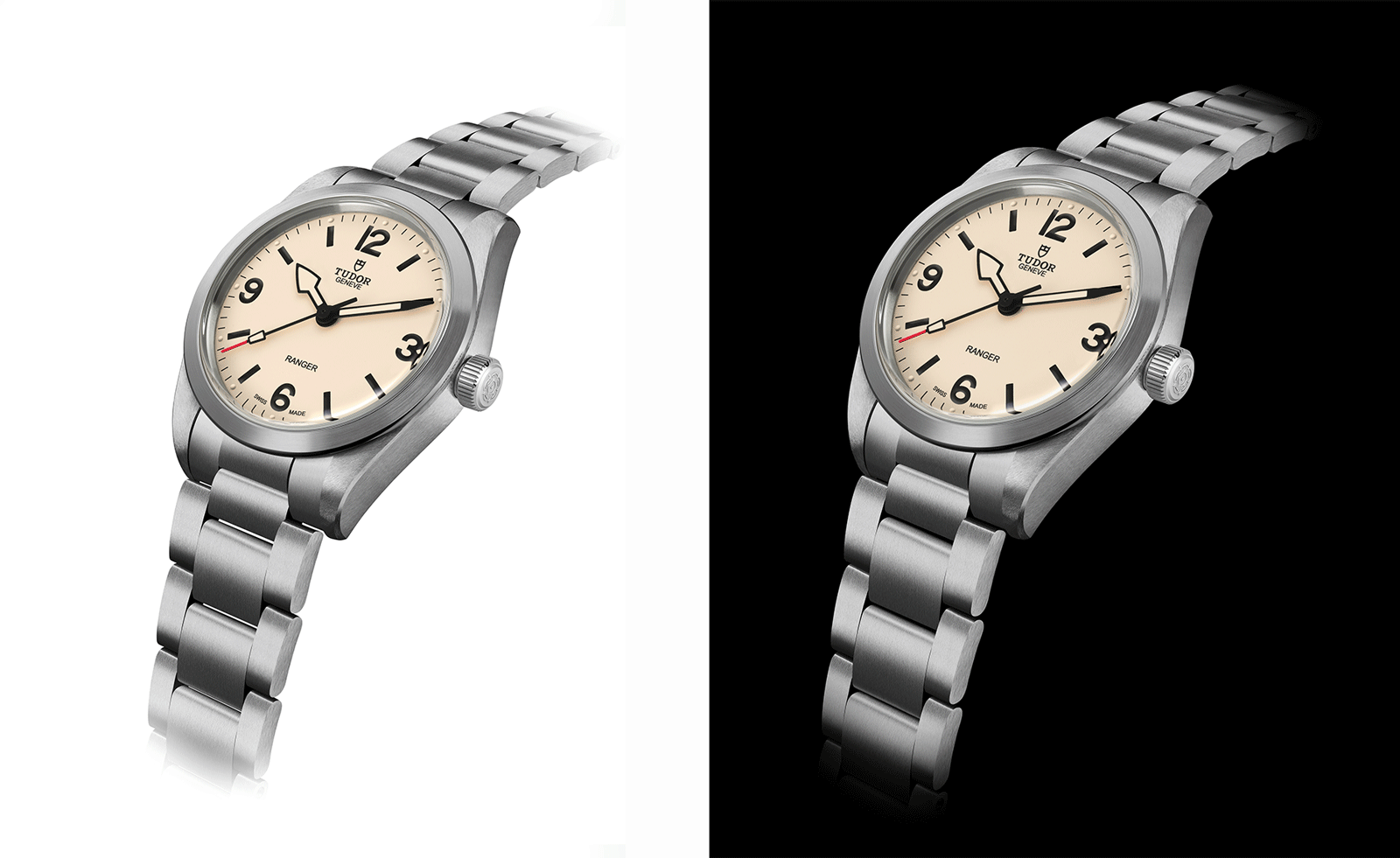 The new Tudor Ranger watches master perfectly executed simplicity
The new Tudor Ranger watches master perfectly executed simplicityThe Tudor Ranger watches look back to the 1960s for a clean and legible design
-
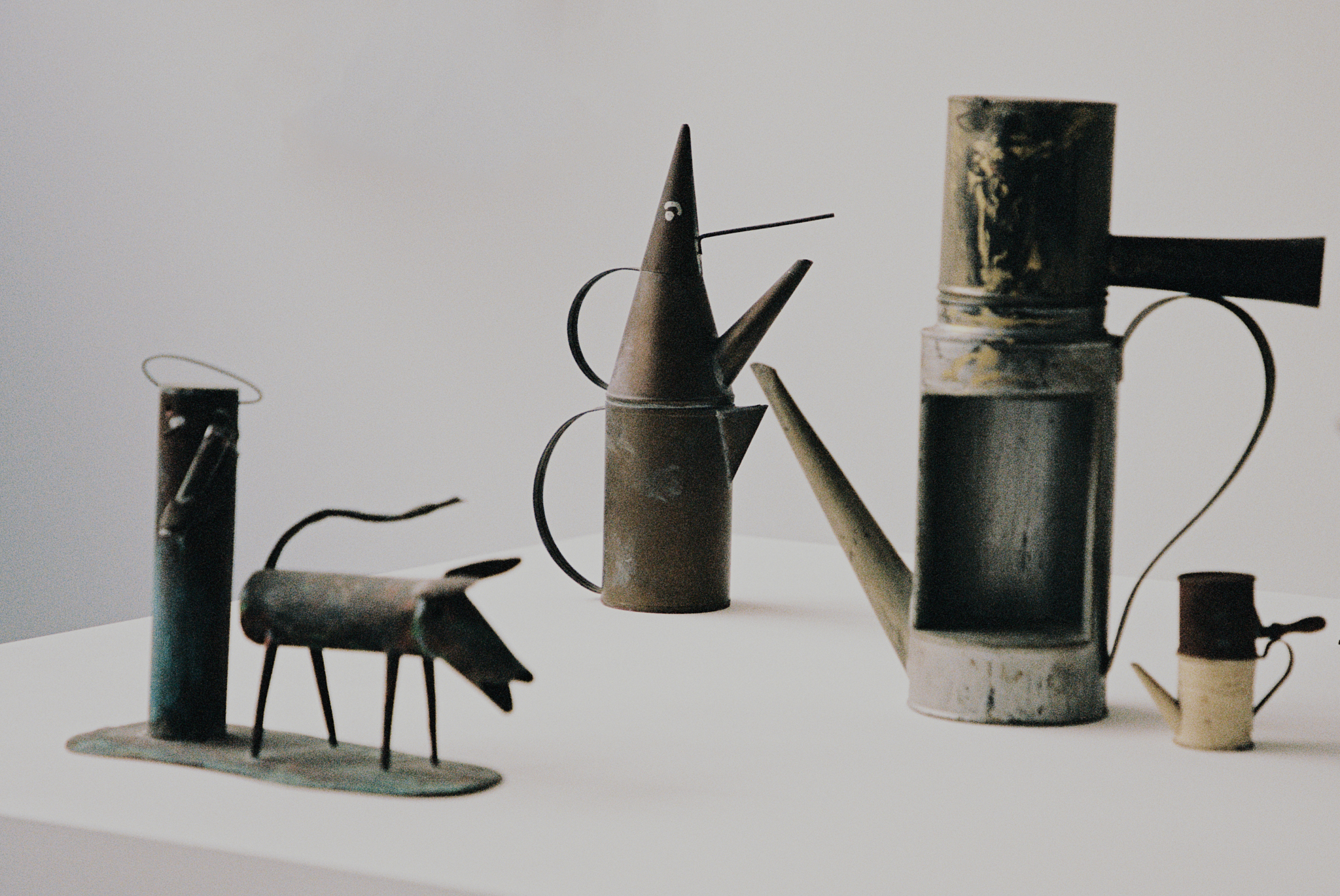 Riccardo Dalisi’s first UK retrospective opens at east London gallery Spazio Leone
Riccardo Dalisi’s first UK retrospective opens at east London gallery Spazio LeoneSpazio Leone draws together six decades of the Italian visionary’s work, from whimsical coffee pots to radical community workshops
-
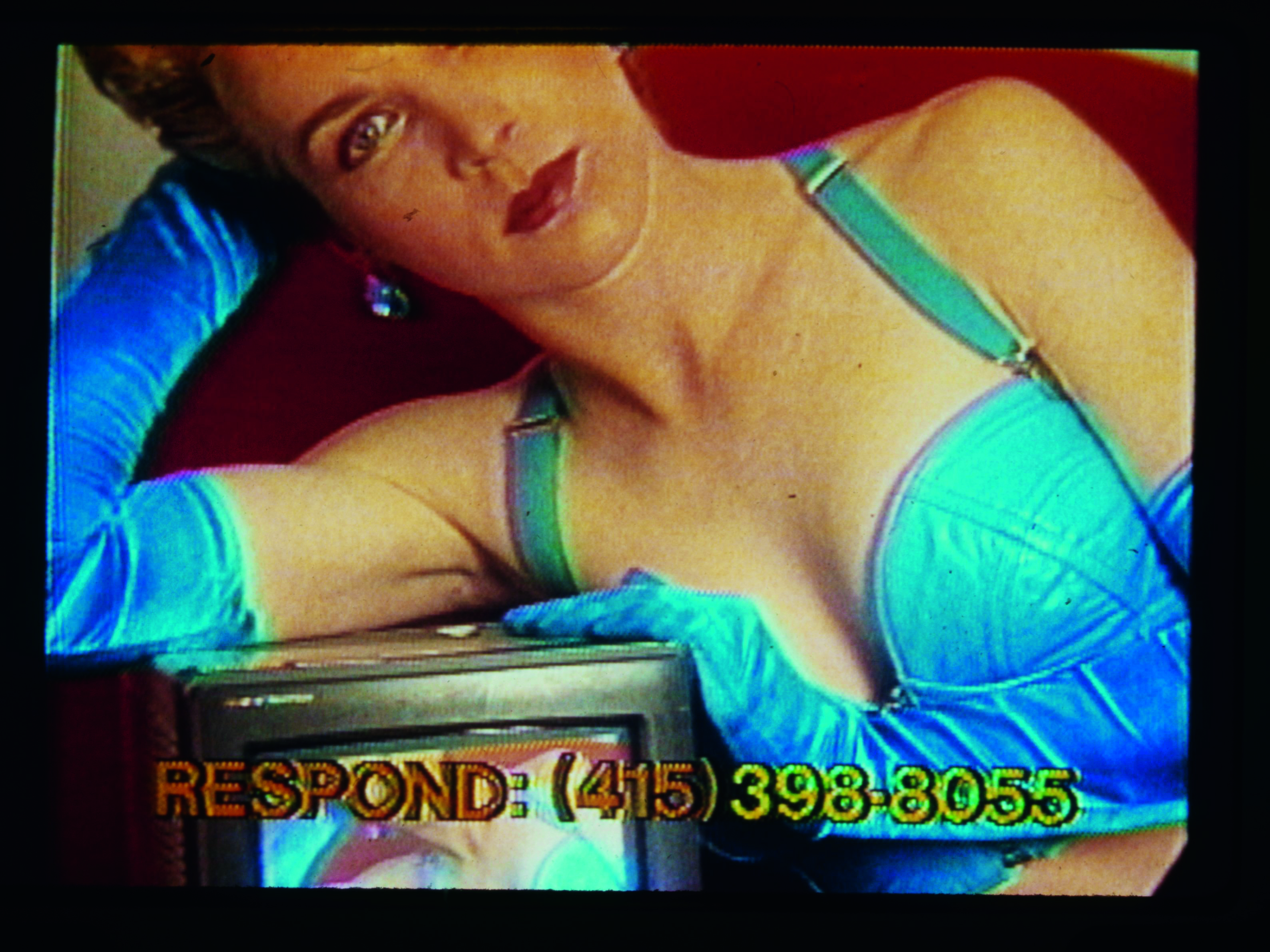 Thirty-five years after its creation, Lynn Hershman Leeson’s seminal video is as poignant as ever
Thirty-five years after its creation, Lynn Hershman Leeson’s seminal video is as poignant as everLynn Hershman Leeson’s 'Desire Inc', at 243 Luz in Margate, blurs the boundaries between art and reality
-
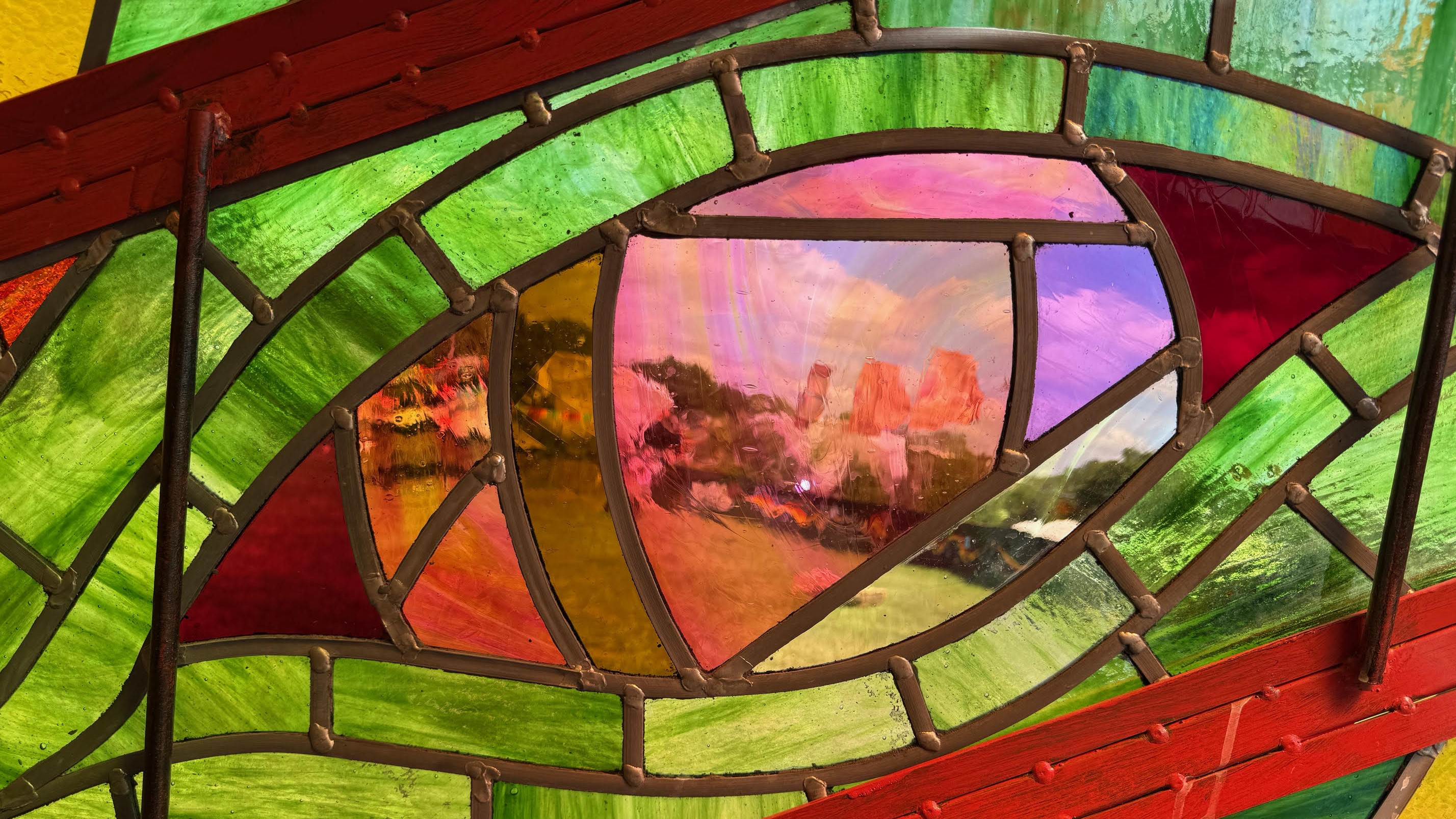 A bespoke 40m mixed-media dragon is the centrepiece of Glastonbury’s new chill-out area
A bespoke 40m mixed-media dragon is the centrepiece of Glastonbury’s new chill-out areaNew for 2025 is Dragon's Tail – a space to offer some calm within Glastonbury’s late-night area with artwork by Edgar Phillips at its heart
-
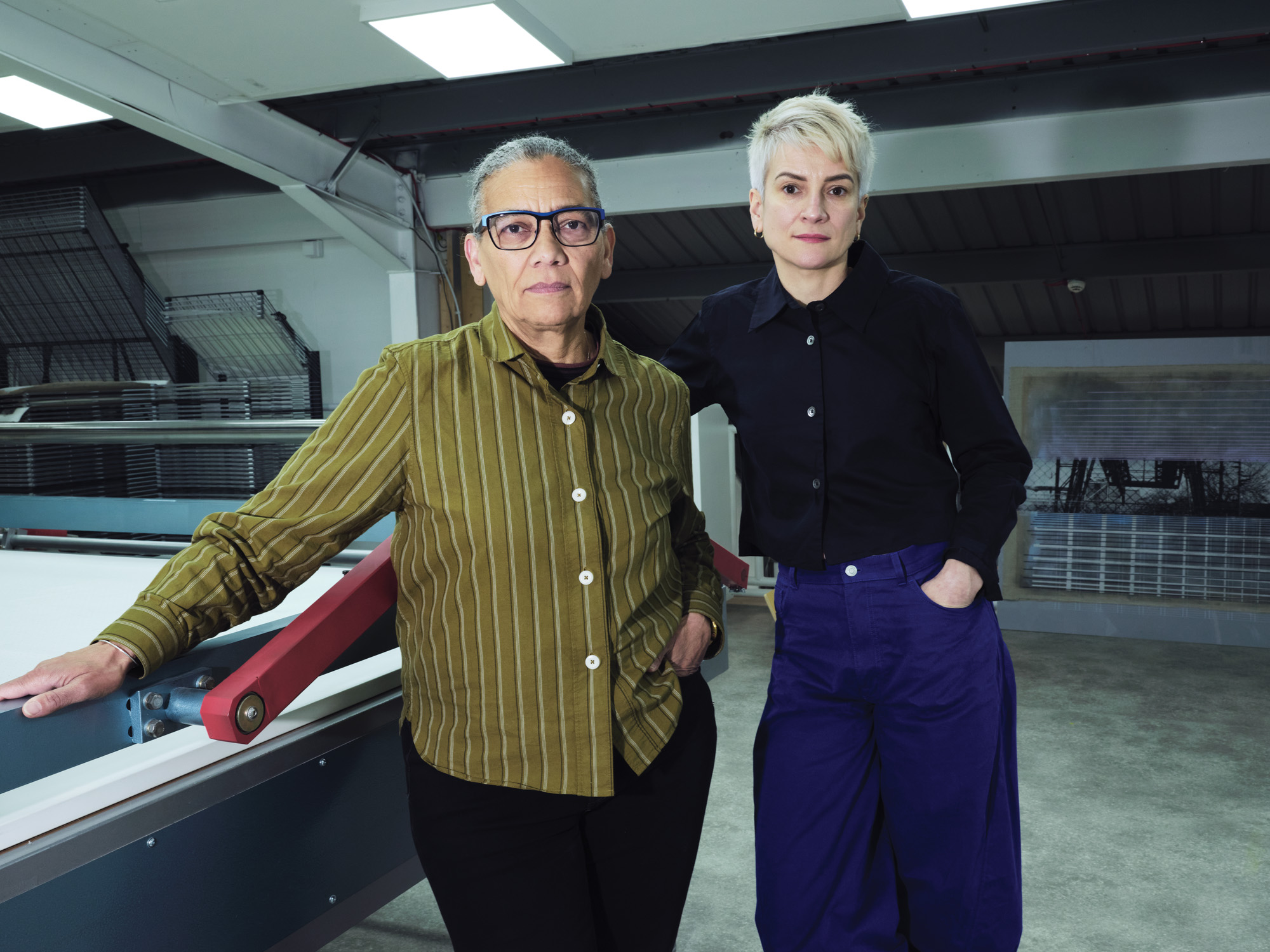 Lubaina Himid and Magda Stawarska’s new show at Kettle’s Yard will uncover the missing narratives in everyday life stories
Lubaina Himid and Magda Stawarska’s new show at Kettle’s Yard will uncover the missing narratives in everyday life storiesThe artists and partners in life are collaborating on an immersive takeover of Kettle’s Yard, Cambridge, in an exhibition that delves into a lost literary legacy
-
 See the fruits of Niki de Saint Phalle and Jean Tinguely's creative and romantic union at Hauser & Wirth Somerset
See the fruits of Niki de Saint Phalle and Jean Tinguely's creative and romantic union at Hauser & Wirth SomersetAn intimate exhibition at Hauser & Wirth Somerset explores three decades of a creative partnership
-
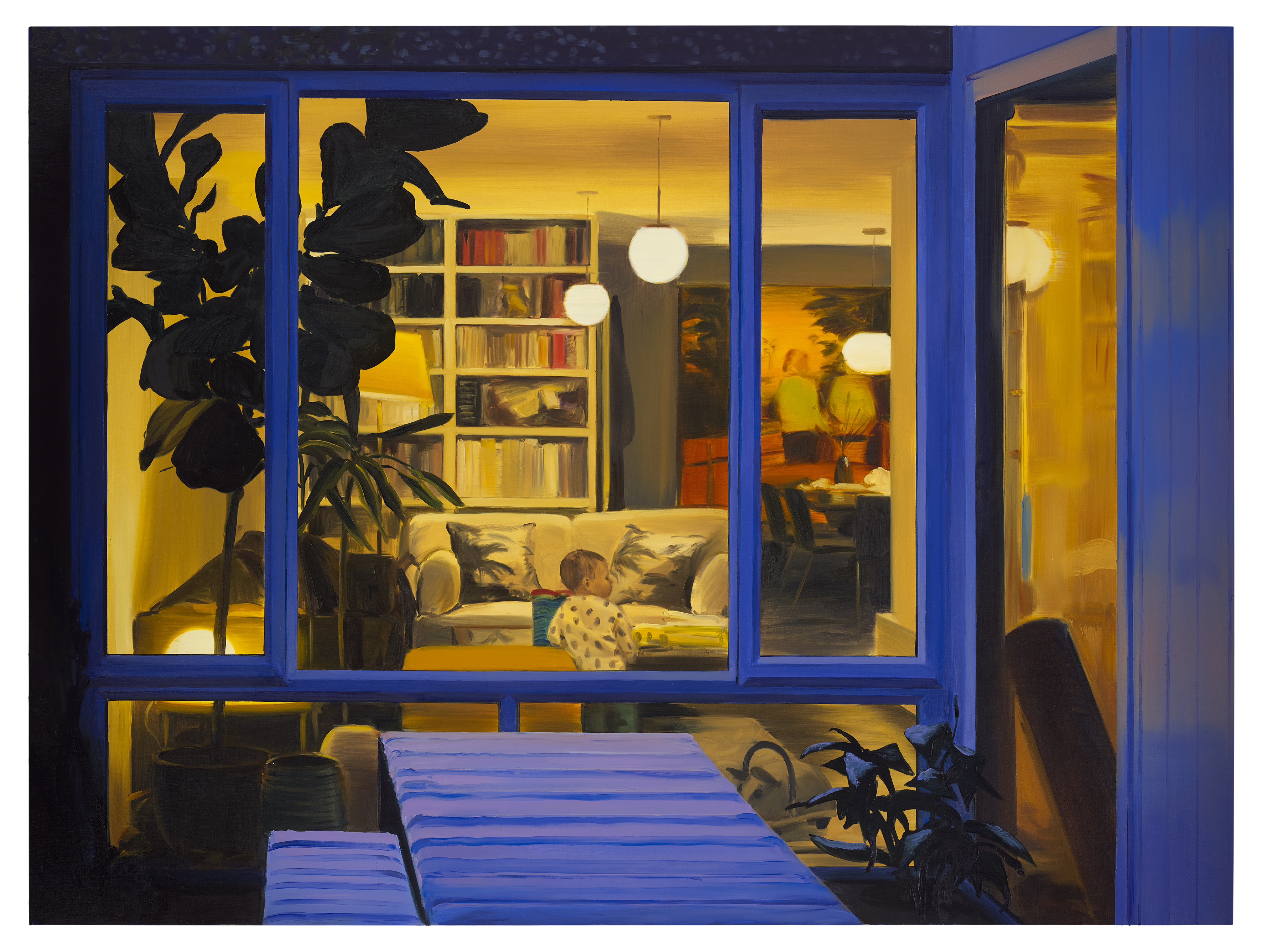 Caroline Walker's new show speaks to women everywhere, including me
Caroline Walker's new show speaks to women everywhere, including me'Everything related to my life with young children, because it's such an all encompassing experience,' the artist says of her new show at the Hepworth Wakefield
-
 Cassi Namoda is rethinking stained-glass windows at Turner Contemporary in Margate
Cassi Namoda is rethinking stained-glass windows at Turner Contemporary in MargateThe artist drew from an eclectic range of references when considering the traditional medium for a Turner Contemporary window overlooking the beach – she tells us more
-
 Nnena Kalu wins the Turner Prize 2025
Nnena Kalu wins the Turner Prize 2025Discover the artist’s cocoon-like sculptures, as her win ‘begins to erase that border between the neurotypical and neurodiverse artist’